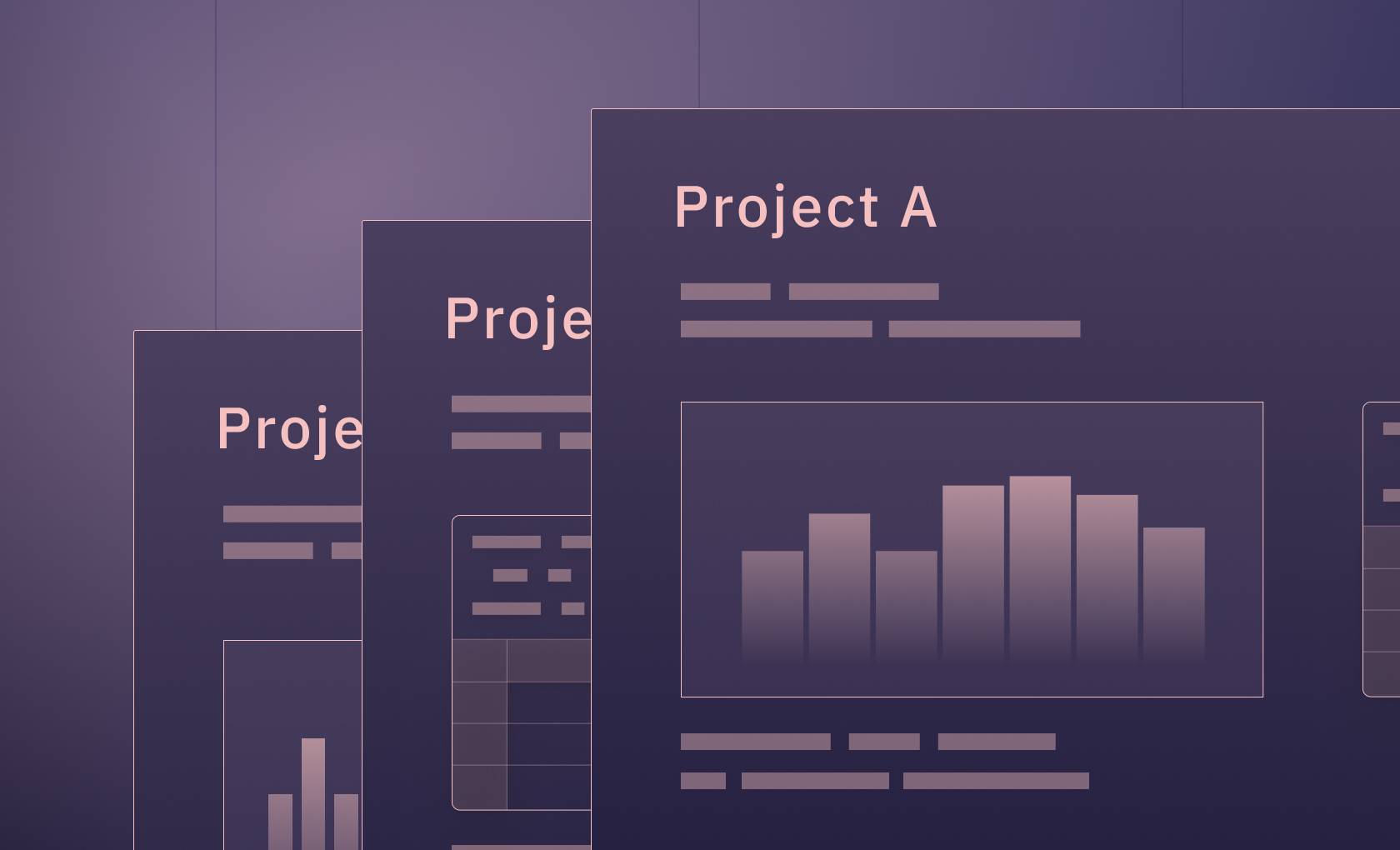Input parameter templates
Input parameters are a core, unique part of Hex. Input parameters can be created in the Notebook view and then added, optionally, to an app.
See what else Hex can do
Discover how Hex data scientists and analysts use Hex for everything from dashboards to deep dives.











